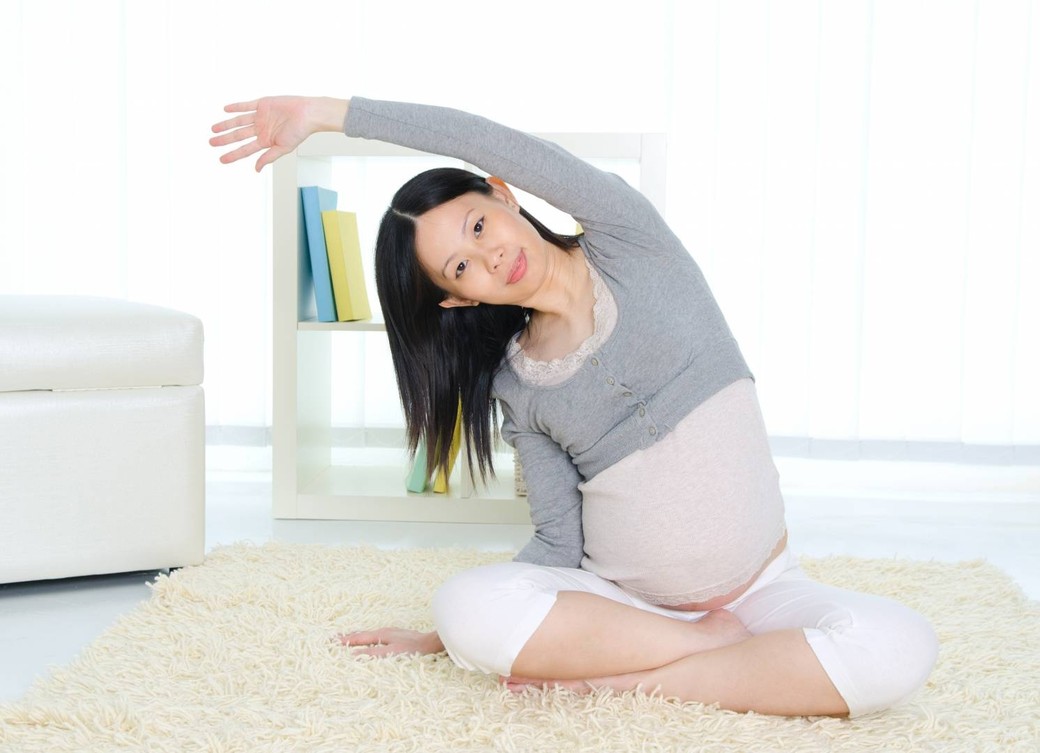
Stay Ahead of Pregnancy Posture
Aside from the obvious belly growth in pregnancy, many lesser known changes occur within a woman’s body. The average healthy Canadian woman will gain about 30 pounds during pregnancy. Most of this weight is concentrated around the abdominal region. This added load puts extra stress on the back, hips, knees, ankles, and feet. As a result, postural changes occur as a way to compensate for the transformation.
Most women will notice this posture change in the second trimester. As the baby gets bigger and the belly grows with it, the body’s center of gravity will shift forward. For this reason, the spine and muscles must shift positions to maintain stability. As a result, the lower back begins to develop a more pronounced curve and the shoulders shift backwards for counterbalance.
As a woman enters her third trimester, additional postural changes can occur. In this stage, a hormone called relaxin will increase. As the name implies, relaxin “relaxes” the muscles, joints, and ligaments in a woman’s body in order to allow the uterus to grow. It also prepares the pelvis to stretch for delivery. This loosening of the joint ligaments can also cause instability in the spine. In this case, the woman may experience additional back and hip pain due to the shift.
In order to prevent back and pelvic pain during pregnancy, there are several things you can do:
Pay Attention to Your Posture
In order to keep the body aligned, try contracting your abdominal and buttock muscles as often as possible. This will act like a natural corset around your spine and help stabilize the joints naturally. It will reduce strain on the stretched ligaments. Also try to avoid standing for long periods of time. If you must stand for longer increments, rest one foot on a stool to help take pressure off your lower back. Pregnancy back belts can also be purchased to help take strain off your lumbar spine. Since your shoulder will want to roll backwards, keep your chin tucked in so that it is in line with your shoulders.
Since your center of gravity will be shifted forward, avoid wearing high-heeled shoes. High heels will push your weight further forward. Furthermore, do not cross your legs as it will cause your pelvis to become more off balance.
A good sleeping position will be on your side with a pillow between your legs. This takes stress off your lower back and will not decrease blood flow to the baby. You can also put a pillow under your belly to support the baby and another behind your back.
Exercise
When it comes to exercise, you need to find a healthy balance. You should be doing regular gentle exercise (3-4 times per week) like walking, swimming, biking, and yoga. Avoid intense cardio classes, heavy weight training or cross-fit type programs.
Being fit before you become pregnant will not reduce your risk of back or pelvic pain, however, maintaining fitness and exercising throughout the nine months will reduce your risk of this type of pain from occurring.
Although postural changes occur during pregnancy, do not fear, if you get pregnant, it is important to remember that you will return to pre-pregnancy state after the baby is born.
If you are experiencing back pain during pregnancy, conservative care such as spinal manipulation and mobilization from a chiropractor or other therapist can help. Soft tissue therapy and acupuncture can also help reduce pain and improve function.
Click here for more information about Ottawa Holistic Wellness Centre.









